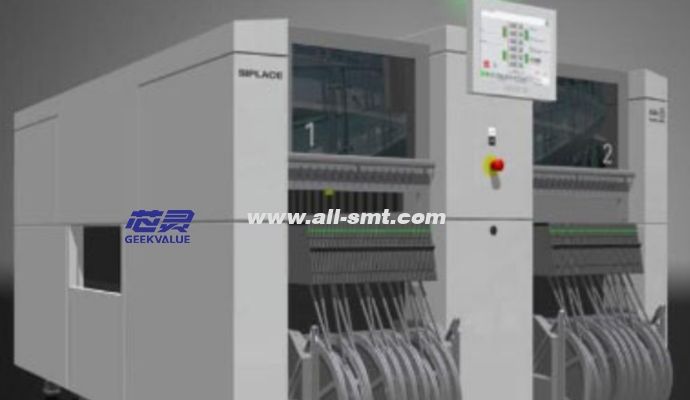It is reliable to buy second-hand SMT equipment, but there are also some risks. Second-hand SMT equipment usually has a high cost-effectiveness, can meet the production needs of most enterprises, and is comparable to new equipment in terms of service life and stability. However, when purchasing second-hand equipment, you need to pay attention to the actual condition of the equipment, technical support and after-sales service.
Second-hand SMT equipment has a high cost-effectiveness and can greatly reduce the initial investment cost of the enterprise. Compared with new equipment, the price of second-hand equipment is usually lower, but the performance is almost the same. Therefore, second-hand equipment is very popular in the market, especially for start-ups or small and medium-sized enterprises with limited funds, second-hand equipment is an affordable choice.
When purchasing second-hand SMT equipment, customers usually care about the following key issues:
Equipment condition :
including the degree of wear and tear of the equipment, maintenance, and whether there are potential failures or damages.
Performance guarantee :
whether the performance of the equipment is stable and whether it can achieve the expected production efficiency and quality standards.
Reasonable price :
customers will compare the prices of new and second-hand equipment, as well as the prices of similar equipment on the market.
Technical support and after-sales service:
After purchasing second-hand equipment, customers will be concerned about whether there is professional technical support and after-sales service.
Warranty policy:
Whether the second-hand equipment provides warranty service, what is the warranty period and coverage.
Equipment compatibility:
Whether the equipment is compatible with the customer's existing production line, and whether additional adjustments or upgrades are required.
Legal compliance:
Whether the transaction complies with local laws and regulations, and whether the equipment meets environmental protection standards.
Transaction security:
Fund security during the transaction and reliability of equipment delivery.
Equipment history:
The use history of the equipment, including the previous use environment, frequency of use, maintenance records, etc..
Supply chain stability:
For production lines that need to be operated continuously, customers will be concerned about whether the supply chain of second-hand equipment is stable and whether the supply of parts and consumables is reliable.
In order to ensure that the purchased second-hand SMT equipment is reliable, the following measures can be taken:
1. Detailed inspection of the equipment condition: Before purchasing, be sure to check the technical parameters, wear and tear, and maintenance records of the equipment in detail.
2. Choose well-known brands and high-quality suppliers: Equipment from well-known brands usually has better quality and after-sales service.
3. Understand the market circulation and replacement speed of equipment: Avoid purchasing old equipment that is about to be eliminated.
4. Consult professionals: Consult industry experts or people with rich experience before purchasing to obtain professional advice and guidance.
The above measures can effectively reduce the risk of purchasing second-hand SMT equipment and ensure the reliability and stability of the equipment.



